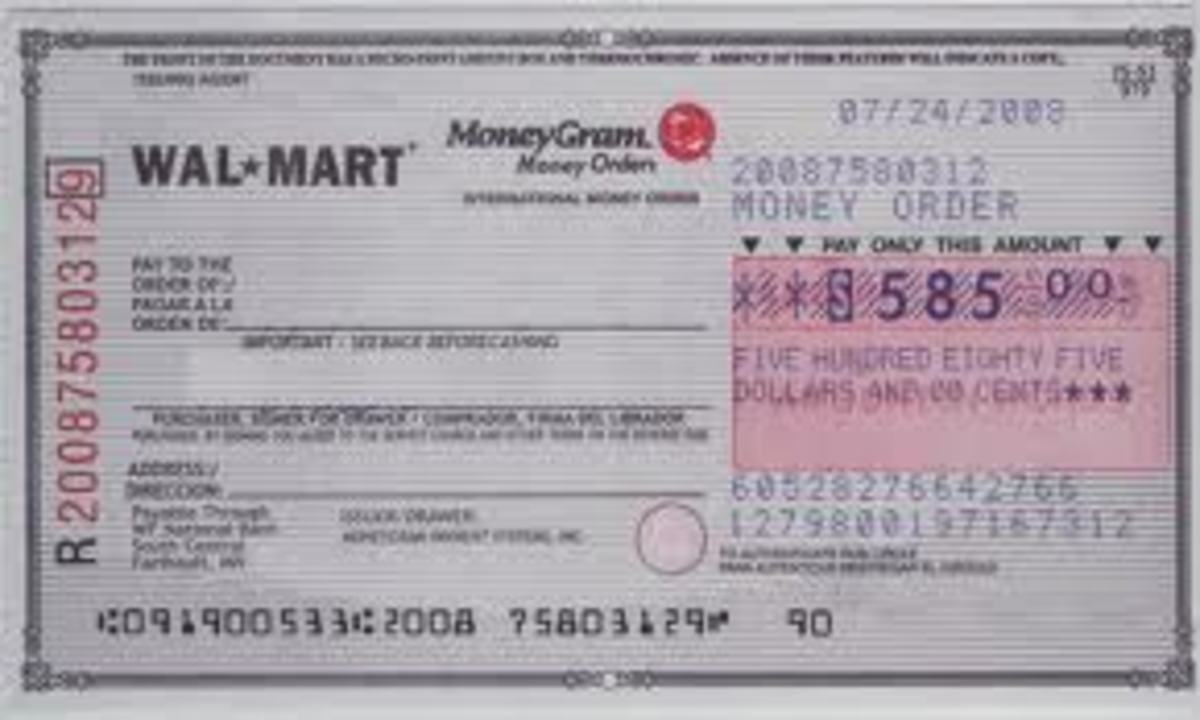Measuring Credit Union Branch Efficiency Using Data Envelope Analysis (DEA)

Background
The Canadian Credit Union system has changed remarkably over the past several years due to the large number of mergers taking place within the system. Credit Union Central of Canada has long promoted the importance of credit unions being able to merge to remain competitive with the Canadian Banking Industry and has lobbied the Canadian Federal Government to change legislation allowing credit unions even more freedom to merge.
Typically, a key argument for growing the size of a credit union through mergers is that the credit union and its members will enjoy the benefits of a more efficient credit union and the economies of scale that will surely come through increasing the size of the credit union. Yet, industry research has not confirmed that credit unions and their members are guaranteed to benefit through increased credit union size. In fact, there is significant research that suggests the opposite has a high likelihood of occurring, especially when large credit unions are involved.
Nonetheless, there seems to be significant momentum for mergers in the Canadian Credit Union system and for the purposes of this discussion, we’ll assume that continuing mergers will not abate any time soon. Ongoing mergers means that individual credit unions continue to add more and more branches to their operations. And, since a key objective of merging in the first place appears to be to improve the efficiency of the overall credit union, being able to assess individual branch efficiency must increasingly become an important activity for large credit unions to undertake.
Data Envelope Analysis
Current Approaches
Many credit unions in Canada already have branch-based performance reporting in place now and many more are developing such reporting to better understand the contribution that is being made by each branch to the credit union’s overall performance. However, the approaches typically used are “rear-view mirror” based. Typical measures of performance will be based on operating profit or contribution to overhead and profit, operating profit versus budgeted profit, ratios like efficiency or productivity, return on capital, and the like.
Although the above mentioned measures are not completely unhelpful, they do not do an acceptable job of identifying the controllable and uncontrollable aspects of a branch’s operation and they do not provide a very robust, multi-dimensional view of branch performance. A particular credit union branch will have several inputs that create several outputs and the interactions of those inputs and outputs can be very different between branches.

We also need to recognize that the above mentioned metrics do not provide any evaluation of the value of branch management’s decisions or actions taken today that will affect the performance metrics in the future. Just like inappropriate or aggressive accounting decisions that are taken at the highest levels of the organization, it is very possible to improve short-term performance at the expense of long-term performance. For example, manipulation of training budgets, marketing, costs of service delivery to members, loan loss allowance, and other areas can dramatically improve the short-term profitability of a credit union but eventually these actions come home to roost in the future measurements of performance of the credit union.
To more accurately assess and improve an overall credit union’s performance through the contributions being made by its branches, we need a way to identify appropriate peer groups of branches and then to identify which of the peers are most efficient in their application of the inputs that are under the branch’s control. Those input efficiency measures become the appropriate benchmarks for all of the peers to work toward. This is precisely what can be achieved through Data Envelope Analysis (DEA).

Data Envelope Analysis (DEA)
The following definition is provided by http://en.wikipedia.org/wiki/Data_envelopment_analysis. The reader is encouraged to read the entire entry at Wikipedia for further detail on this method.
Data envelopment analysis (DEA) is a linear programming methodology to measure the efficiency of multiple decision-making units (DMUs) when the production process presents a structure of multiple inputs and outputs.
"DEA has been used for both production and cost data. Utilizing the selected variables, such as unit cost and output, DEA software searches for the points with the lowest unit cost for any given output, connecting those points to form the efficiency frontier. Any company not on the frontier is considered inefficient. A numerical coefficient is given to each firm, defining its relative efficiency. Different variables that could be used to establish the efficiency frontier are: number of employees, service quality, environmental safety, and fuel consumption. An early survey of studies of electricity distribution companies identified more than thirty DEA analyses—indicating widespread application of this technique to that network industry. (Jamasb, T. J., Pollitt, M. G. (2001). A number of studies using this technique have been published for water utilities. The main advantage to this method is its ability to accommodate a multiplicity of inputs and outputs. It is also useful because it takes into consideration returns to scale in calculating efficiency, allowing for the concept of increasing or decreasing efficiency based on size and output levels. A drawback of this technique is that model specification and inclusion/exclusion of variables can affect the results." (Berg 2009)
As noted in the description above, the selection of inputs and outputs is very critical to successfully utilizing this method of analysis. Off-the-shelf models will likely lead to inaccurate results and therefore may be very dangerous to use blindly. However, the benefits of applying DEA Analysis can be very significant. We therefore won’t try to define a generic, off-the-shelf model here but we will provide some sample inputs and outputs to help the reader better understand what aspects of branch operations might be included in DEA analysis.
Inputs might include FTE (number of full-time equivalent staff in the branch), Square Footage of branch premises, GB$ (general business costs over which the branch has control; these would be non-staff and non-premises related costs). In the case of FTE inputs, it may be appropriate to identify Sales FTE and Non-sales FTE as most credit unions have (or are in the process of) introduced “sales cultures” into their organizations. Other inputs may be aspects of the environment in which the credit union branch operates (e.g., local employment rate of the community or some other measure of the “health” of the environment in which the branch operates). In the end, it will be important to identify inputs as controllable and uncontrollable to ensure the credit union is making branch management responsible for the inputs over which they have control.
Outputs might be the number of member-oriented transactions performed by the branch where the transactions are categorized by complexity or by the type of member for whom they are performed. Complexity might be measured by the amount of time to complete the transaction and member type might be categorized as Commercial, Retail, Agricultural, or some other categorization scheme that makes sense to the credit union being analyzed. Other outputs might be loan volumes, deposit volumes, average number of products per member, or other outputs having significant correlation to the overall performance of the credit union.
Whatever inputs and outputs are ultimately used, a key consideration is that there be a significant, positive correlation between the inputs and outputs. We are looking for connections where an increase in an input leads to an increase in an output.
Summary
The purpose of this post has been to introduce the DEA method as an option for credit unions to better analyze and optimize branch performance within an individual credit union. We have purposely not tried to provide an off-the-shelf solution as DEA analysis is best conducted in a customized fashion. The application of DEA can be complex as there are subjective aspects to it and the results of DEA are very sensitive to the inputs chosen.
Nonetheless, as credit unions continue to merge and to acquire more and more branches, a day of reckoning may arrive where credit union members will demand the efficiency and economies of scale benefits they were promised through a larger, merged credit union. DEA may help credit union management navigate toward better efficiency of its branches and thereby overall credit union efficiency.
Having said that, mergers are not a prerequisite for the successful and effective use of DEA. DEA is a very suitable method of analyzing branch performance and efficiency for multi-branch credit unions that have not recently merged as well. Because DEA provides specific insights into how efficiently a branch is utilizing inputs to produce outputs important to the credit union’s success makes it a very appropriate tool (and arguably better than traditional accounting information based tools) for credit unions to investigate and experiment with.
References (the interested reader is encouraged to read these publications as they describe the application of DEA in a Canadian banking and credit union context very well -- several of the DEA concepts introduced in this article come from these two publications) :
Gregoriou, Greg and Messier, Jean and Sedzro, Komlan, "Assessing the Relative Efficiency of Credit Union Branches Using Data Envelope Analysis", INFOR, Nov 2004; 42, 4; CBCA References and Current Events, pg. 281.
Howland, Murray and Rowse, John, "Measuring Bank Branch Efficiency Using Data Envelope Analysis: Managerial and Implementation Issues", INFOR, Feb 2006; 44, 1; CBCA References an d Current Events, pg. 49.









